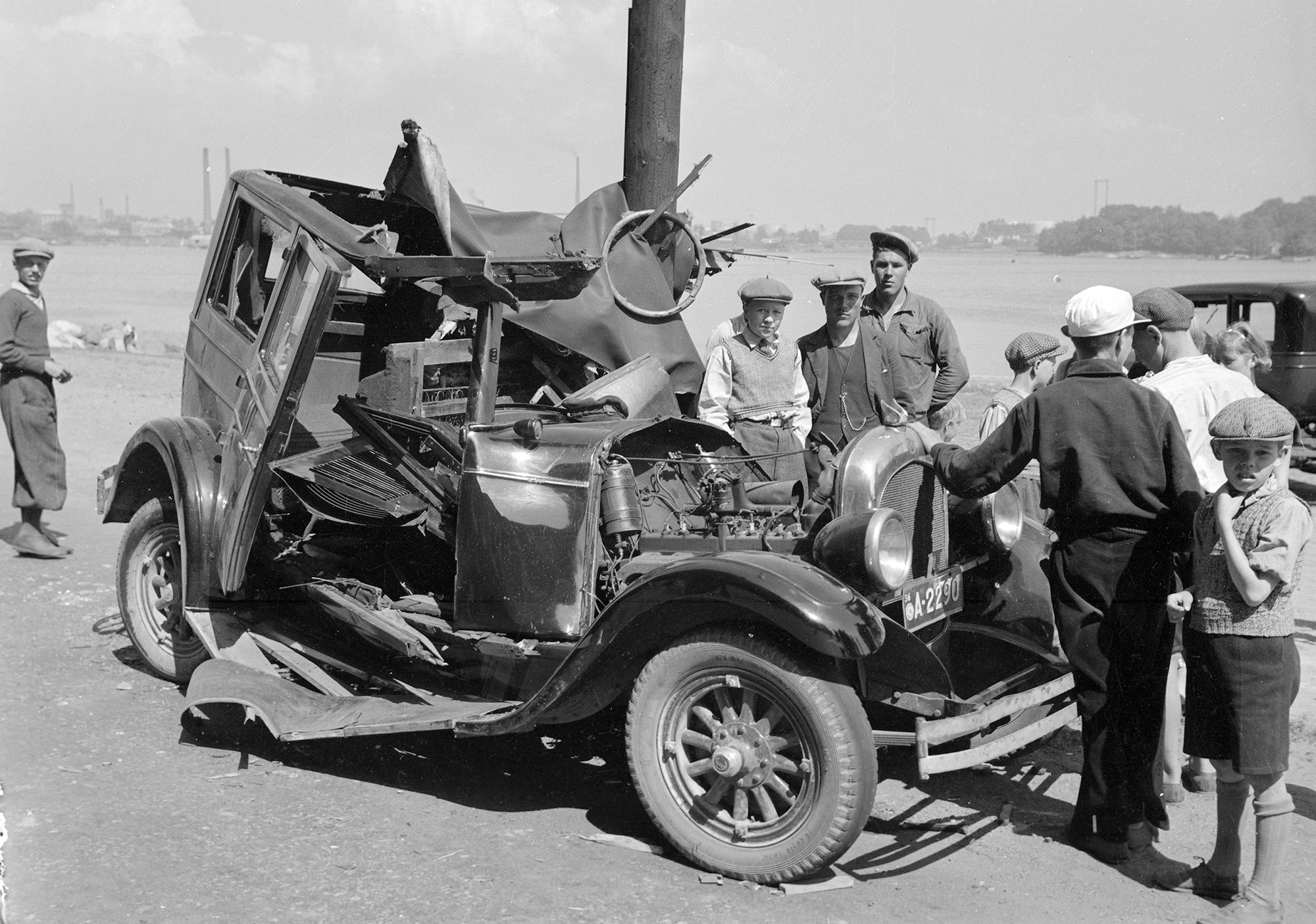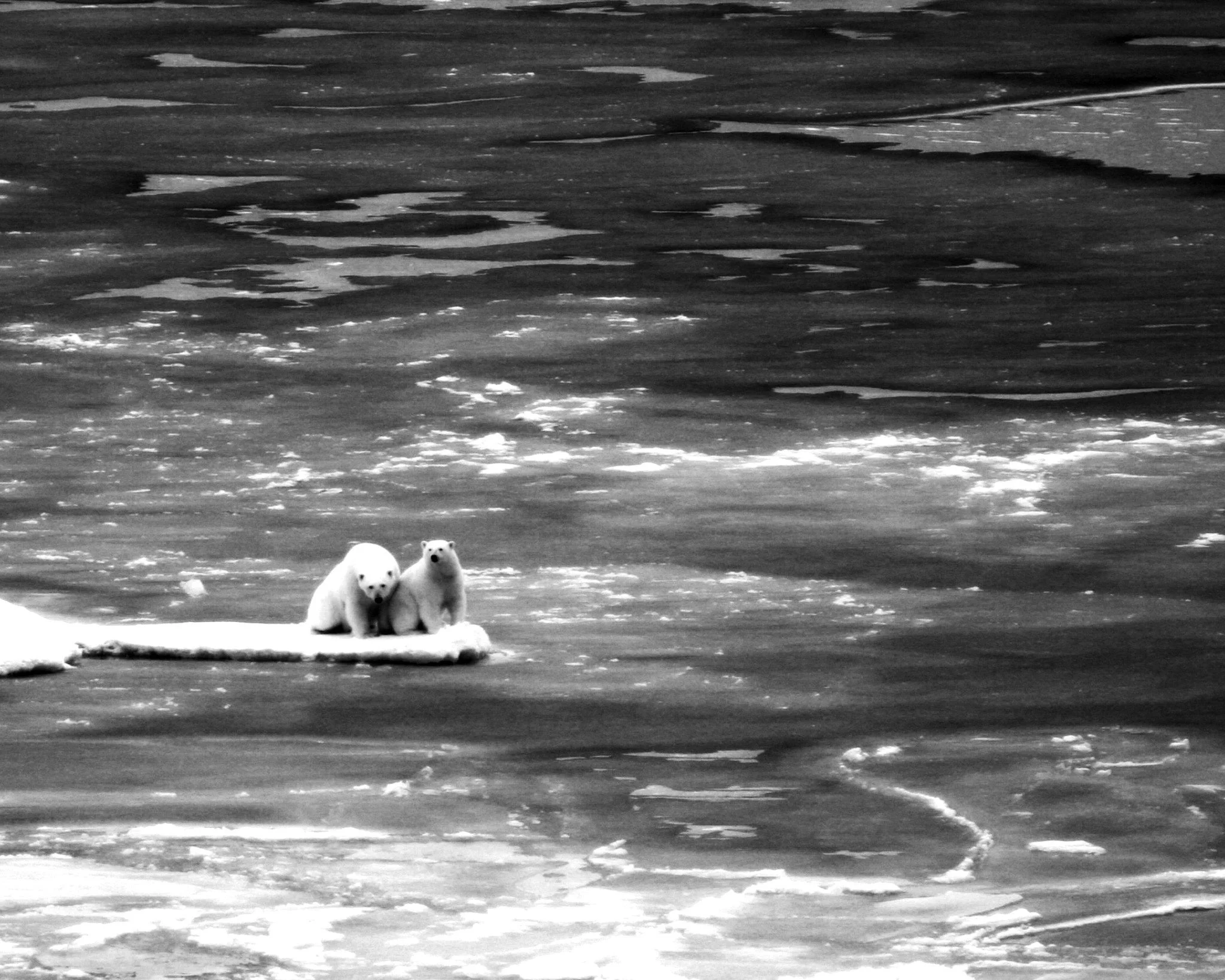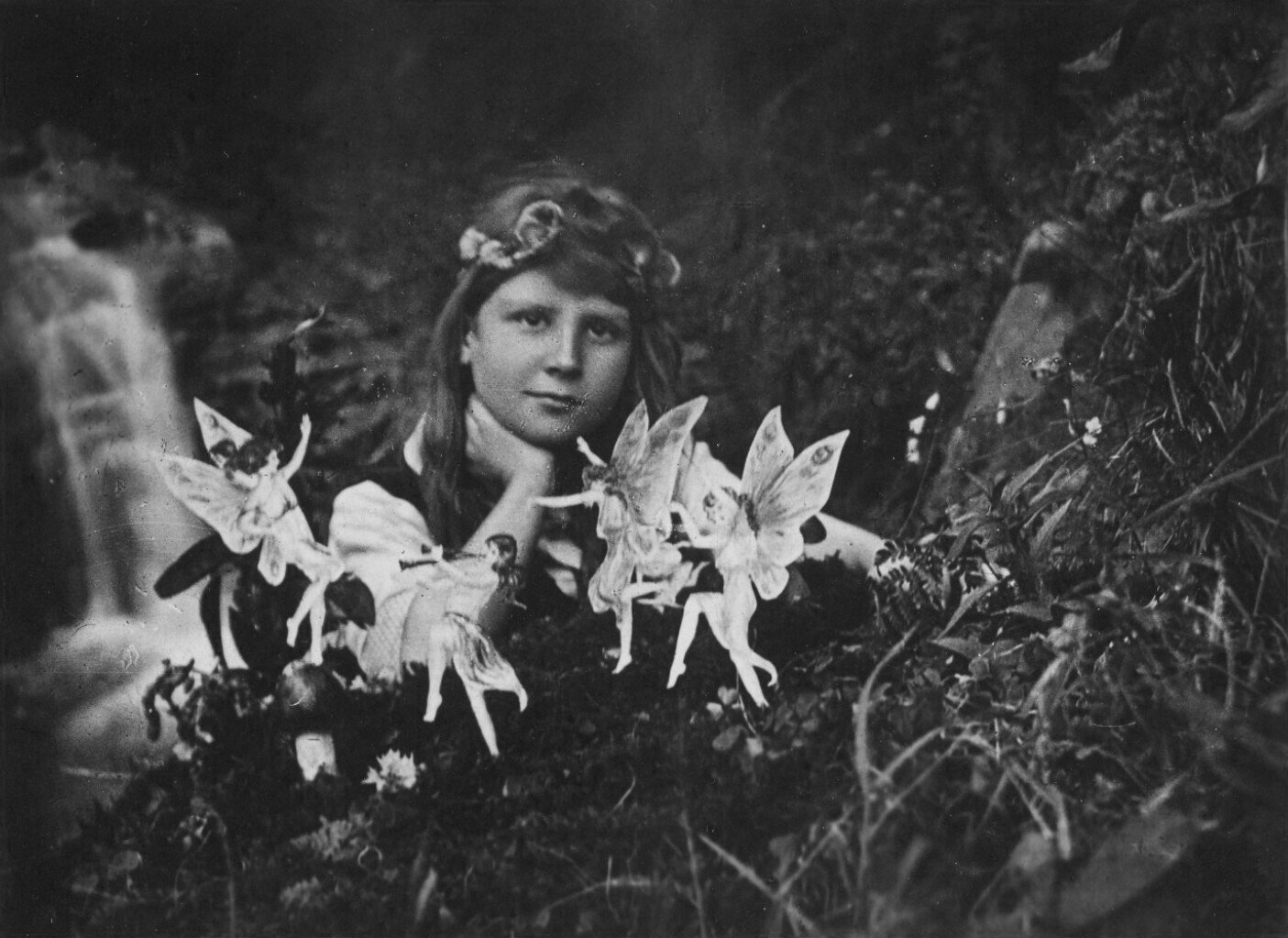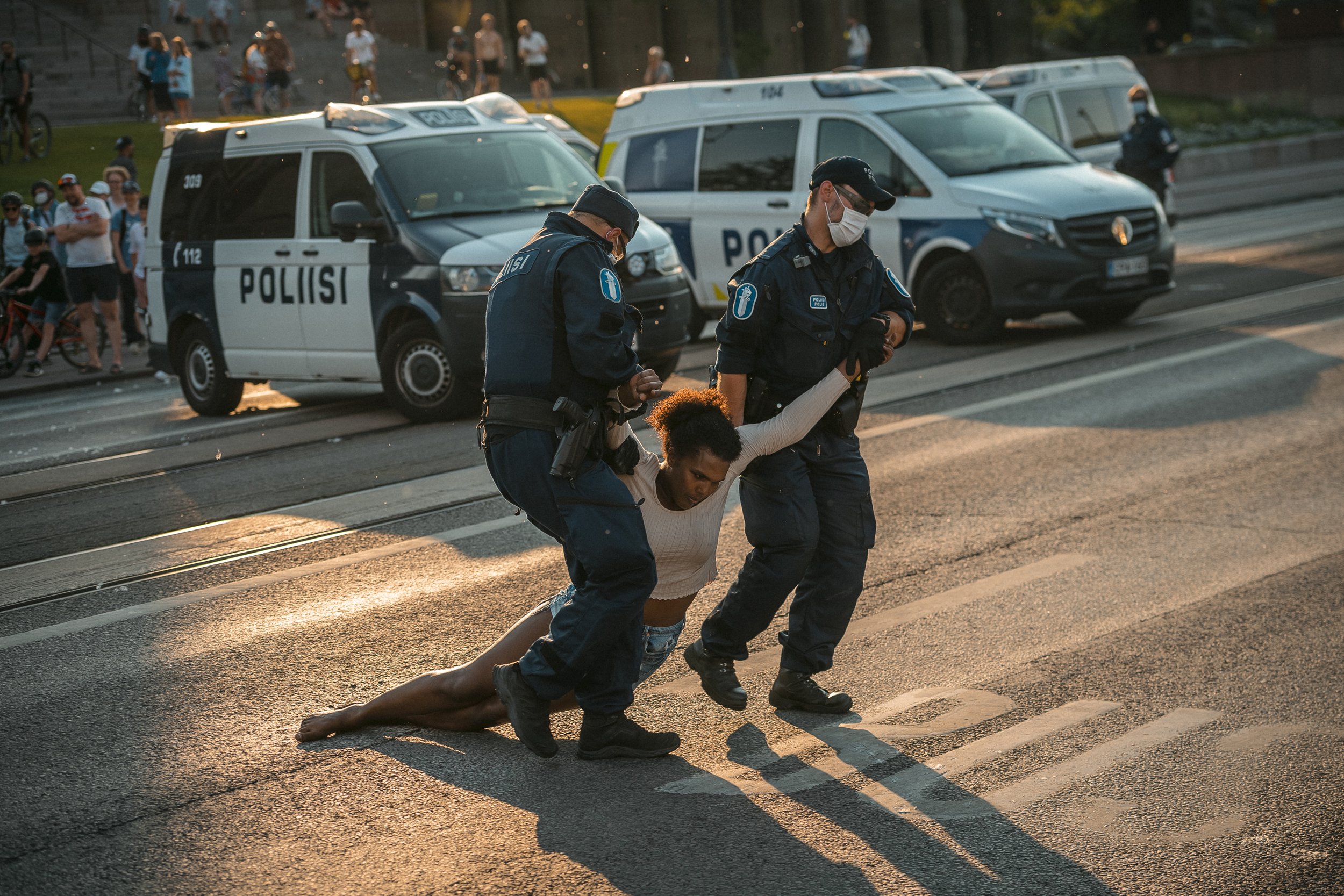AI-generated image wins a photography competition—but is it really?
The photo is part of a series titled PSEUDOMNESIA: Fake Memories that Eldagsen has been working on since 2022.
Imagine a world where an AI-generated image secures first place in a prestigious photography contest. Once a far-off possibility, this scenario has become reality at the Sony World Photography Awards, organised by the World Photography Organisation. Berlin-based photomedia artist Boris Eldagsen submitted an AI-generated image titled THE ELECTRICIAN, which triumphed in the creative category of the open competition. However, Eldagsen declined the prize.
In a statement, Eldagsen argued, “AI images and photography should not compete with each other in an award like this. They are different entities. AI is not photography.” While I agree that AI-generated images are not photographs, I contend that these images still have a place in the competition. The shortlist for the creative category features numerous heavily manipulated images, such as a disembowelled android practising yoga and duplicated, faceless figures walking in an indistinct void. Although not photographs, these images are not excluded from the competition.
I advocate for a clear distinction between genuine, indexical photographs and photography-based digital imagery. Given that the contest imposes no limitations on manipulation, provided it is stated in the submission, one must question whether the Sony World Photography Awards is truly a photography competition.
The shortlist for the creative category features numerous heavily manipulated images.
Photography-inspired digital compositions span a broad spectrum; some images exhibit a stronger affinity to real photographs by incorporating elements from them, while others bear a closer resemblance to photorealistic digital paintings. These images draw on and potentially expand the boundaries of photography's visual language.
As new technologies continue to emerge, the distinction between photography and digital imagery will increasingly blur, calling for a reconsideration of our established definitions and classifications. In my perspective, AI-generated images that emulate photographs and other manipulated imagery share a stronger connection with each other than with genuine, indexical photographs.
Although these images are not entirely created with a camera and light, they can still incorporate photographic knowledge and principles to achieve visually captivating outcomes. Nevertheless, neither AI-generated images nor manipulated imagery belong in photography competitions. That said, I wholeheartedly support the inclusion of them in alternative, non-photographic contests, such as the World Photography Organisation’s Sony World Photography Awards.
Perhaps a reevaluation of the competition's name would be fitting?










